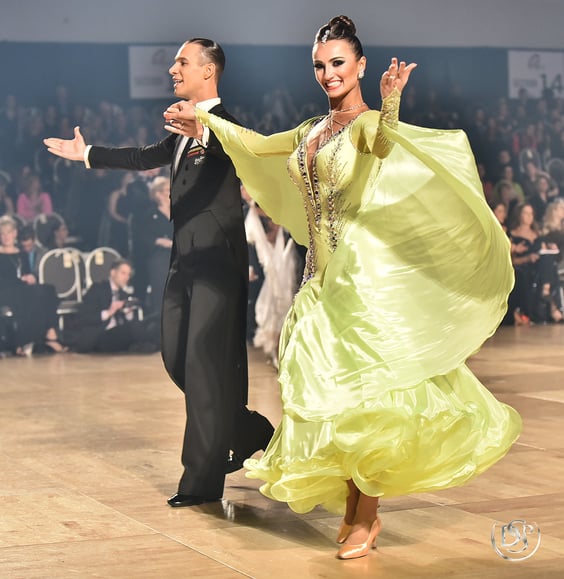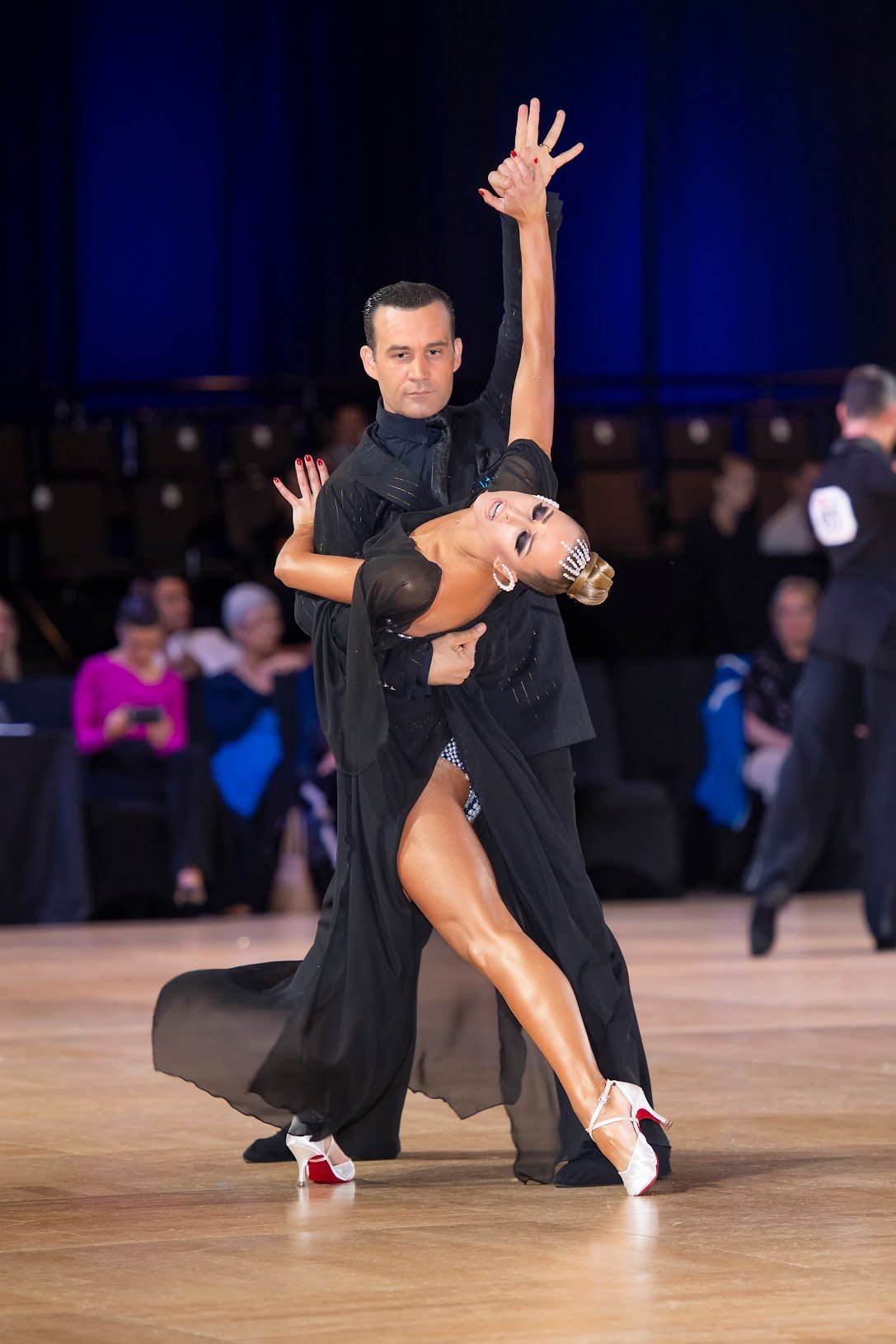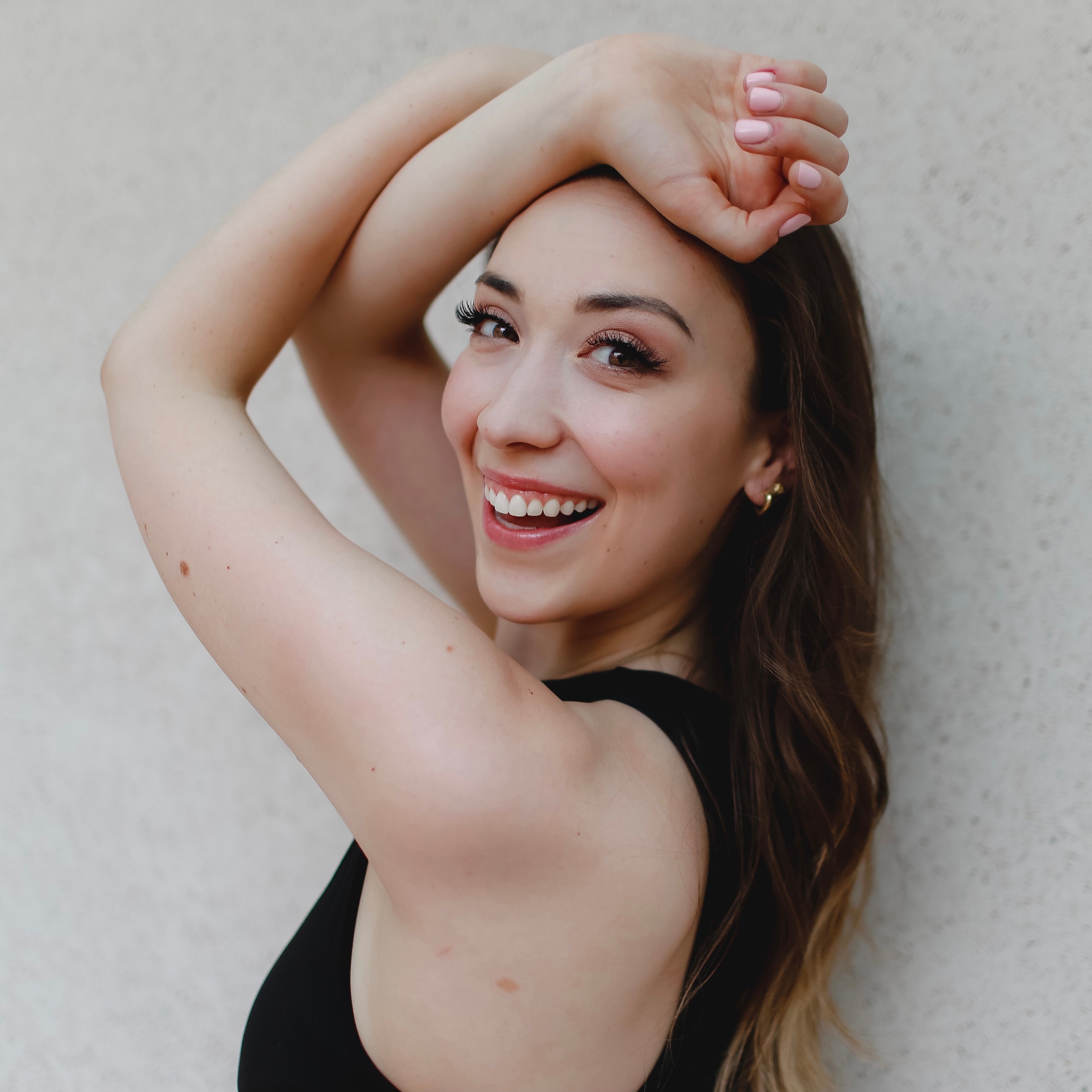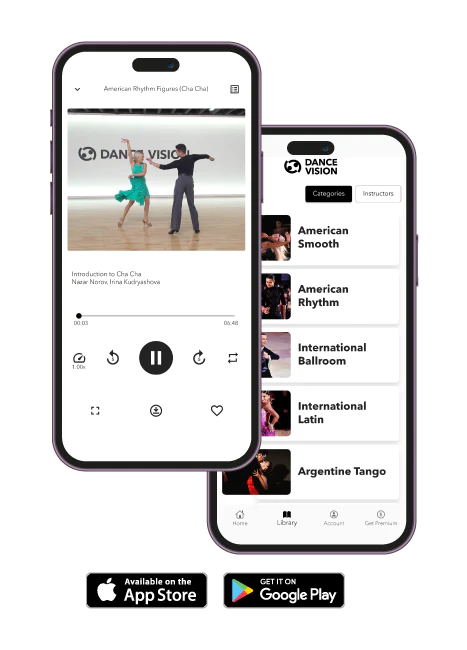Not all ballroom dancers compete, though for some, competitions and their environments bring a sense of accomplishment, gratification and excitement like none other.
Whether you are a seasoned comp-goer, or now dipping your toes into the glitzy world of competitive ballroom dance, here is some helpful information on what is known as dancesport.
Competition Categories
The option to compete is available to any dancer at any level. Dance Vision Member, Linda Morse-Bourgeois, competed for the first time only months after stepping into a ballroom studio at age 79. In the United States, competitive ballroom is generally broken down by the following:
Style
At a ballroom competition you can choose to compete in Smooth, Rhythm, Ballroom, Latin or Club Style categories. As dancers become more experienced, they sometimes specialize, or choose one or two styles to focus on.
Division
You can enter a competition as a:
- Pro-Am Competitor: a student who dances with a professional instructor—this is widely popular in the US and is expanding worldwide.
- Am-Am Competitor: an amateur, or student , that dances with another student.
- Professional Competitor: a professional who dances with another professional. There are several professional levels, but the primary two are Rising Star (meant for newer professionals) and Open Professional (meant for seasoned professionals).
Level
When we say there are competitive events for all levels, we mean it! If you are just starting, newcomer events place you on the dance floor with others in the same boat. From newcomer, levels increase from PreBronze, Bronze, Silver, and Gold. These levels indicate steps that are allowed in each dance at each level (following a syllabus). Beyond the Gold level, dancers are able to enter the Open levels, where choreography is not limited by figures of a syllabus.
Ballroom Hair and Makeup
A crowd favorite element of competitive ballroom? The ability to glammed up! As you step on the competition floor, hair and makeup play an essential piece in your presentation, whether you consider yourself a leader or follower. Here some options and tips:
Hire a Professional
Some dancers enjoy doing their own hair and makeup or do so to save the expense of hiring someone. For others, spending 5 minutes in an outright battle with an eyelash and some glue might result in casualties and is not worth the trouble. Every competition hosts vendors who are seasoned professionals in hair and makeup—they are efficient with their time and have the experience to suggest styles which suit you and your costume.
DIY Tips
If you choose to do your own hair and makeup, know that ballroom glam has similar qualities to other stage makeup. Hair is generally slick and secured with hair pins, hair nets, and hairspray so that it doesn’t move around when you dance. Short ballroom hair can also be slicked or even crimped or curled to create fun, but stable hairstyles. Ballroom makeup involves foundation, highlighter, blush, and bronzing products to catch the powerful lights on the competition floor. Here are some helpful videos to to get you started: Ballroom Hair and Makeup with Rickie and Dancesport Smokey Eye with Rickie.
Don't Forget the Nails
It can be easy to forget about your fingers and toes, but when we spend so much time ensuring proper hand and arm placement and executing beautiful turnout, many dancers like to use acrylic/gel/press on nails to help elongate the beautiful lines.
Where to Find a Costume
There are three ways to find you the perfect fit (pun intended) so you can feel beautiful at any budget.
Rent
It’s like Blockbuster, for dance costumes! Renting is a service offered by some designers and fellow dancers. It is a great opportunity to test drive a dress or suit before you purchase your own, and normally costs $250-400.
Buy Second Hand or Consignment
These are used costumes that dancers or designers are selling. They are generally in excellent condition and have been deep cleaned and re-rhinestoned before finding their new homes. Prices vary, but can be as low as $800.
Customize
You can work with a dress designer to commission a costume based on your specifications, design interests, and style preferences. How amazing is that? Of course, this is an investment, but when you can choose exactly what you want, you’ll be glowing on the competition floor.
Types of Costumes
Latin/Rhythm
Dresses
Rhythm and Latin dresses are generally short in length to show off leg action and fast feet. What's most important is that the dress fits well so that a dancer does not feel like the dress is moving or slipping while they’re groovin' on the dance floor.
Top & Bottoms
Leaders often wear “Latin pants” (available to purchase with most costume designers or order online!) and a shirt. Shirts can be almost any style: short or long sleeve, with or without rhinestones, you can even consider adding a vest.
Ballroom
Dresses
These gowns are floor length—think Cinderella. They’re built with full, layered skirts and often include floats, or parts of the dress or accessories that hang off of the dress and move as their dancer glides along the floor.
Top & Bottoms
Leaders in this style typically wear black or dark-colored tail suits. They consist of high-waisted pants, a tucked in shirt, cummerbund, suspenders, a long suit jacket with tails (hence the name, tail suit!), cufflinks, and a tie or bowtie.
 Dance Vision Certified Instructors Iaroslav and Liliia Bieliei pictured wearing a full ballgown and traditional tail suit. Photo Source: Iaroslav and Liliia
Dance Vision Certified Instructors Iaroslav and Liliia Bieliei pictured wearing a full ballgown and traditional tail suit. Photo Source: Iaroslav and Liliia
Smooth
Dresses
Smooth dresses reflect the diverse style of American Smooth dancing. They are generally built with long, but lightweight, skirts with slits or bustles to show off leg action and accommodate plenty of spinning and turning. Bodices often have cutouts, open backs, or 3D elements such as pearls, feathers, or flowers adhered to the dress.
Top & Bottoms
Like followers, Smooth leaders have great freedom when choosing a costume. Smooth suits are made with more flexible material than those of International Ballroom and can be paired with a tucked in collard shirt, with or without a tie, bow tie, or vest. Leaders in Smooth can wear a multitude of colors, and even, rhinestones.
 Dance Vision Certified Instructors Tatiana Seliverstova and her partner, Max Sinista, pictured competing in the Open Professional American Smooth category.
Dance Vision Certified Instructors Tatiana Seliverstova and her partner, Max Sinista, pictured competing in the Open Professional American Smooth category.
As you finish this article, we hope you feel competitive ballroom a little more achievable—if you have questions that we missed, we encourage you to reach out to your Instructor (who has likely been through all of this!) or shoot us an email, info@dancevision.com
Read A Comprehensive Guide to Ballroom Dancing 👈
Happy competing!

